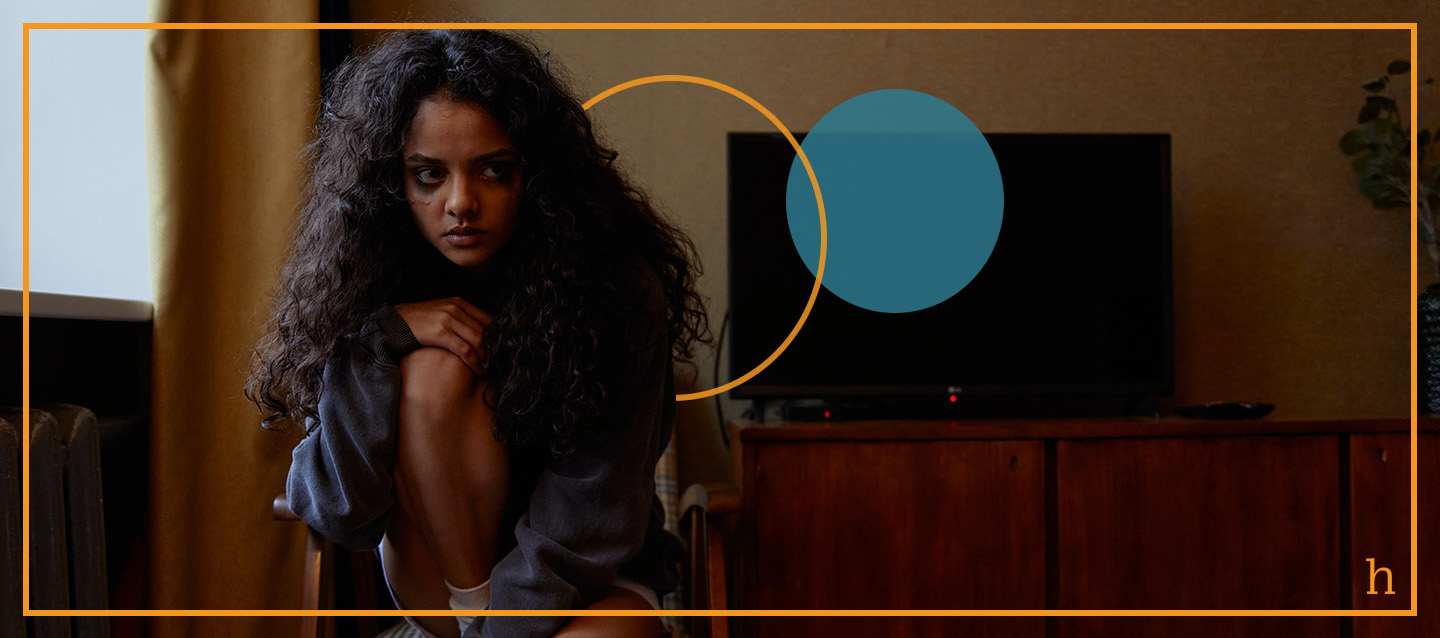Colloquially speaking, anxiety is often referred to as a feeling of being on edge, overly worried, and stressed out. Anxiety, in and of itself, is a normal reaction to stress that can be beneficial in certain situations. When it exists in a healthy dose, it can alert us to a threat in our environment and force us to be more alert and aware.
While anxiety is a normal response to stress that can be helpful, it becomes clinically significant when it causes marked distress and impairment in an individual's life. Anxiety disorders are a group of mental health conditions that can cause excessive fear, worry, and stress, making it hard to function in everyday life.
Types of anxiety disorders
The Diagnostic and Statistical Manual of Mental Disorders (DSM) has an entire class of disorders called anxiety and other phobias, which include:
- Generalized Anxiety Disorder (GAD) - a chronic condition characterized by excessive, persistent, and uncontrollable worry about everyday things.
- Panic Disorder - involves sudden and unexpected panic attacks that are often accompanied by physical symptoms such as chest pain, heart palpitations, and shortness of breath.
- Specific Phobias - an excessive and irrational fear of a particular object or situation, such as heights, spiders, or flying.
- Agoraphobia - intense fear or avoidance of situations where escape might be difficult or help might not be available in the event of a panic attack or other anxiety symptoms. This can lead to avoidance of situations like leaving the house, using public transportation, or being in crowded spaces.
- Social Anxiety Disorder - an intense fear of being judged or rejected in social situations, leading to avoidance of such situations.
- Separation Anxiety Disorder - a childhood disorder characterized by excessive and persistent anxiety when separated from caregivers or loved ones.
- Selective Mutism - characterized by an inability to speak in certain social situations, despite being able to speak in other situations. This typically manifests in children and can make it difficult for them to participate in social situations or school activities.
Despite their differences, all these anxiety disorders share common features “of excessive fear and anxiety and related behavioral disturbances.”.
Differentiating between fear and anxiety
Fear and anxiety are emotions that unite the disorders in this category. However, one can differentiate between them by examining the objects and/or situations that are inducing these emotions. Fear is associated with current threats while anxiety is associated with future threats.
Symptoms of anxiety disorders
Anxiety disorders can manifest in different ways. Some people will experience anxiety as a physical sensation, others will experience it as a mental sensation, and others will experience it as both.
Some common physical symptoms people experience with any of the anxiety disorders are:
- Difficulty breathing
- Tightness in the chest
- Heart palpitations
- Nausea
- Tense muscles
- Dizziness
- Cold and sweaty hands
- Tingling sensations in the limbs
- Insomnia
Sometimes children will only describe the physical symptoms of anxiety because they aren’t able to identify/name what they feel as anxiety. Likewise, due to the stigma that continues to surround mental health, there are some cultures where people will only talk about the physical symptoms associated with anxiety despite also experiencing mental symptoms.
How are anxiety disorders diagnosed?
It's important to note that these anxiety disorders can co-occur with one another and with other mental health conditions. If you're struggling with symptoms of anxiety, it's important to seek help from a mental health professional.
When it comes to anxiety disorders, fear and anxiety are considered to be excessive and out of proportion to the trigger at hand. These feelings are hard to control and sometimes are impossible to control at all. The judgment of whether or not the fear is excessive and developmentally inappropriate is typically made by the clinician. This is because clients with anxiety typically tend to overestimate the danger in a situation.
Cultural context is essential when diagnosing anxiety disorders. Competent clinicians take this into account when determining whether or not the fear is excessive and developmentally inappropriate. For example, a culturally competent clinician wouldn't diagnose a woman feeling anxious about walking through a park alone at night or a Black man feeling anxious around the police as having clinical levels of anxiety. These fears are very much founded in reality.
Most of the disorders that are included in the anxiety disorders category are diagnosed more frequently in women than men, with a roughly 2:1 ratio (APA, 2022). As of now, there is no data for how often non-binary people are diagnosed compared to men/women in the DSM. The DSM does not explain this finding, but one of my lovely fellow therapists does so here. It is possible that women genuinely do experience anxiety disorders more often than other people, but it’s also possible that women’s reactions to systemic oppression are being pathologized because straight, white men are seen as the default standard of health.
The anxiety disorder category encompasses a variety of disorders, each characterized by excessive worry, fear, anxiety, and difficulty controlling these emotions. Despite these shared features, each disorder is distinct in terms of what triggers these feelings.

